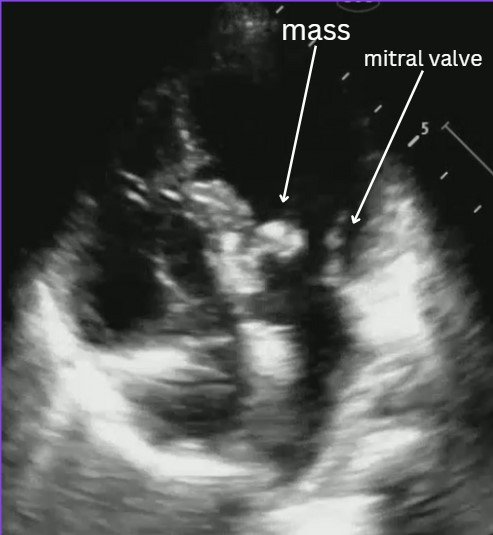This is a long and exhaustive list, but common causes we see in the ED include UTIs (cystitis, pyelonephritis), nephrolithiasis, trauma from catheterization, and blunt or penetrating trauma. Also, don't forget to ask your female patients if they are on their menstrual period.
However, can't miss diagnoses include AAA, renal artery embolus/infarct/dissection, renal vein thrombosis. And of course, if the suspicion for malignancy is high, you want your patient to be informed of this possibility and have close follow up.
Is it really hematuria?
Pseudohematuria, or urine that appears grossly bloody but on urine microscopy actually has no RBCs, can be caused from a variety of reasons. Common ones include rhabdomyolysis, medications such as nitrofurantoin, pyridium, and rifampin, and foods such as beets and artificial food colorings. So, before you start really thinking about what's causing the hematuria, make sure you get a UA and confirm that it is, in fact, blood.
Work up
Asymptomatic microscopic hematuria can oftentimes be benign, in the absence of any significant risk factors. Oftentimes, if these patients are stable, asymptomatic, and does not have significant risk factors, they can follow up with their primary care doctor.
Painless gross hematuria is more concerning for malignancy, and would benefit from close urologic follow-up. Other risk factors for malignancy include older age, smoking, family hx, hx of occupational exposure.
Ask about urinary retention - if the pt is passing clots, this may obstruct the urethra, leading to a lower urinary tract obstruction.
Otherwise, if your patient's history, signs/symptoms, or exam points you to another diagnosis (such as nephrolithiasis, vascular disease, nephropathy...etc), you may want to obtain additional labs and imaging.
Treatment
Once again...depends! As noted above, stable patients with asymptomatic microscopic hematuria can oftentimes follow up with their PCP. Patients with painless gross hematuria but no urinary obstruction, no AKI, and is otherwise stable should be referred for close urology follow up.
If you patient is unable to urinate, has a significant decline in renal function, decline in Hgb/Hct, or of course if you find any of the big bad vascular causes of hematuria, the patient should be admitted.
Special considerations for pediatrics
In kids, pay special attention to post-infectious glomerulonephritis and Henoch-Schonlein Purpura.
Gross hematuria with edema, proteinuria, and/or hypertension? -> think renal causes like nephritic/nephrotic syndromes, oftentimes post-infectious glomerulonephritis
Gross hematuria with abdominal pain and rash? -> think HSP
References
Willis GC, Tewelde SZ. The Approach to the Patient with Hematuria. Emerg Med Clin North Am. 2019;37(4):755-769. doi:10.1016/j.emc.2019.07.011
https://www.emdocs.net/em3am-hematuria/
https://www.emdocs.net/evaluation-and-management-of-hematuria-in-the-emergency-department/
https://www.emra.org/emresident/article/hematuria-management
https://pedemmorsels.com/microscopic-hematuria/
https://www.auanet.org/meetings-and-education/for-medical-students/medical-students-curriculum/urologic-emergencies
https://www.ebmedicine.net/topics/hepatic-renal-genitourinary/pediatric-hematuria



